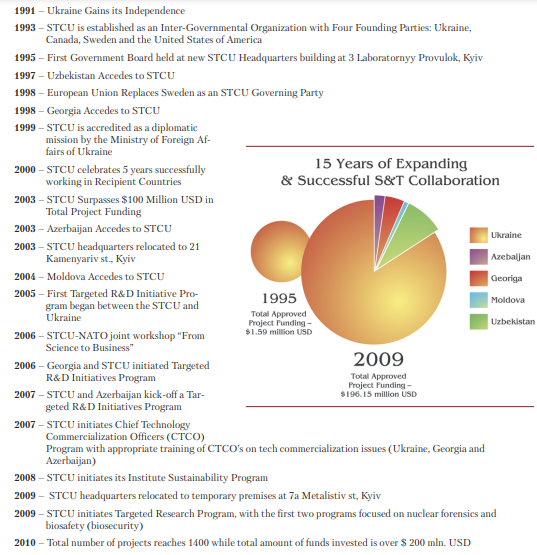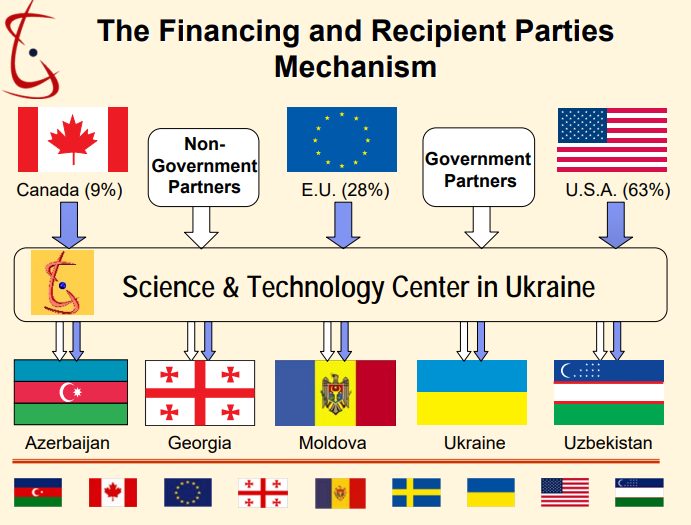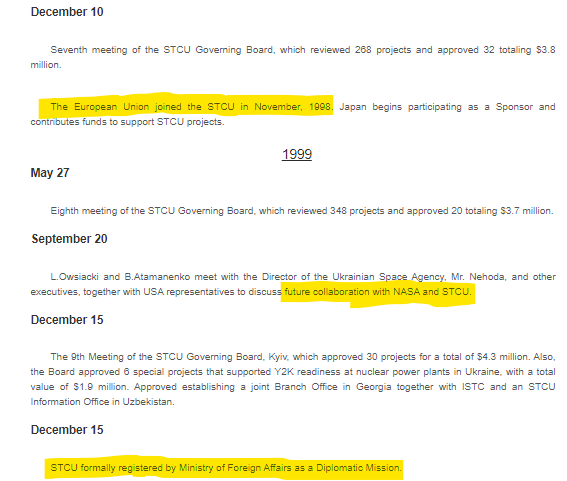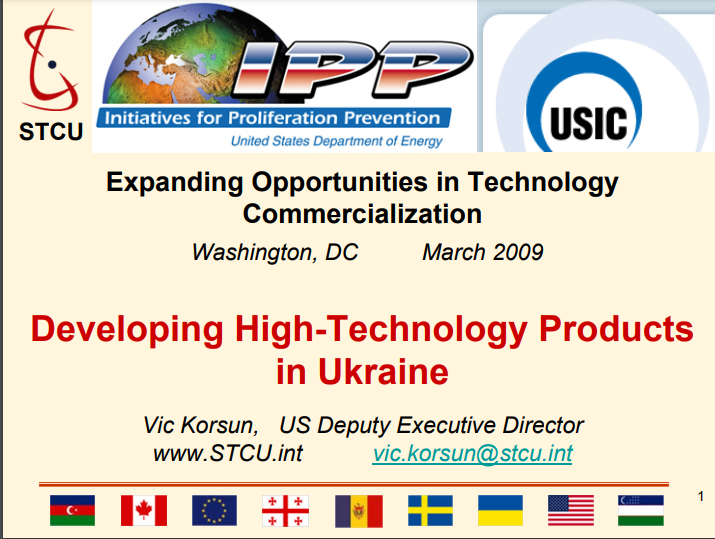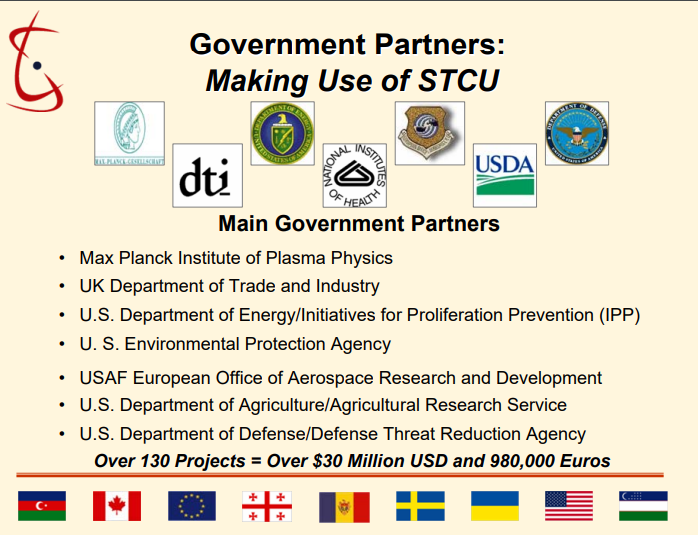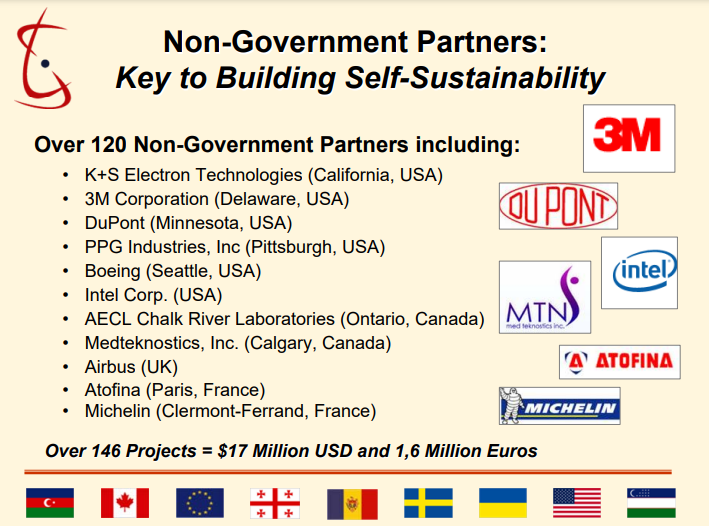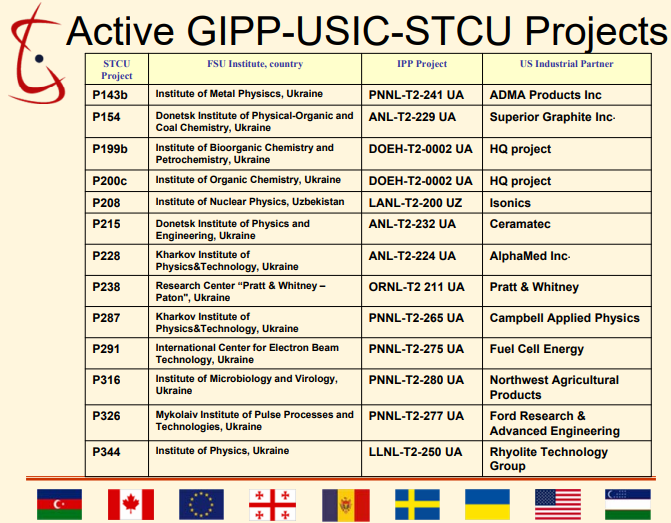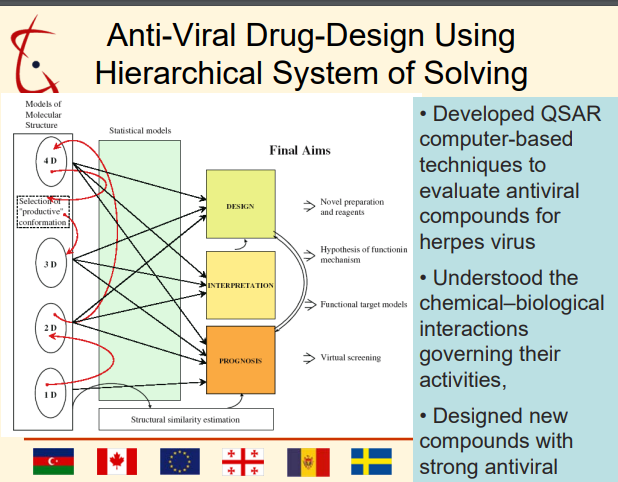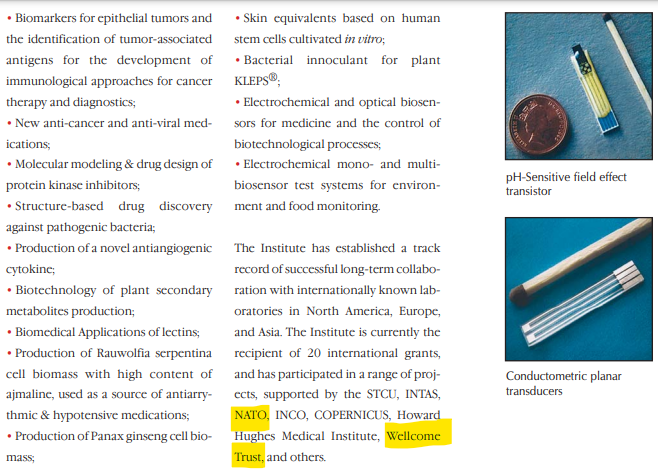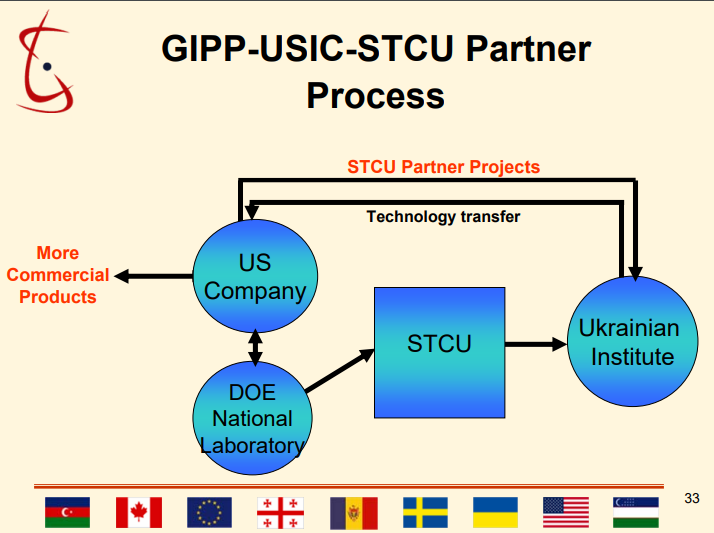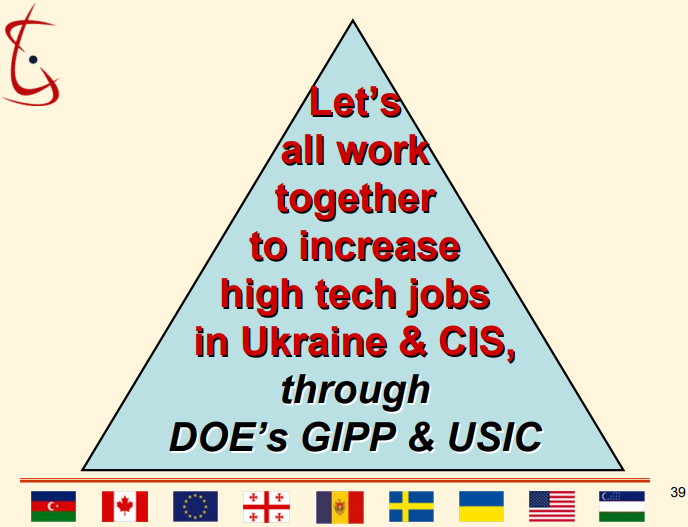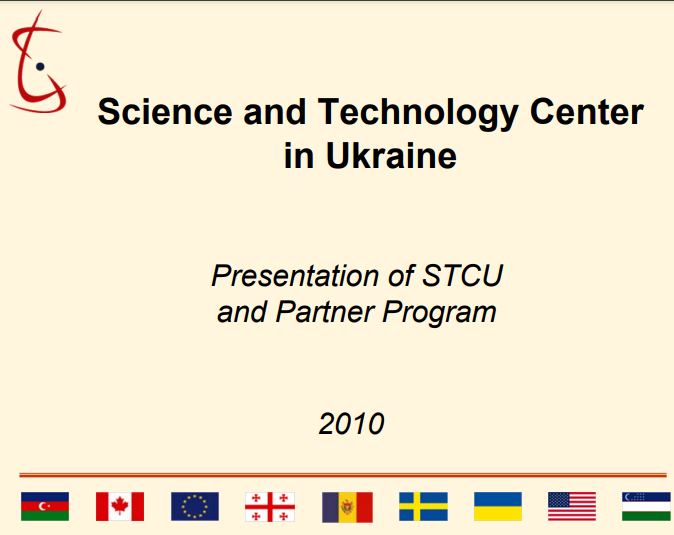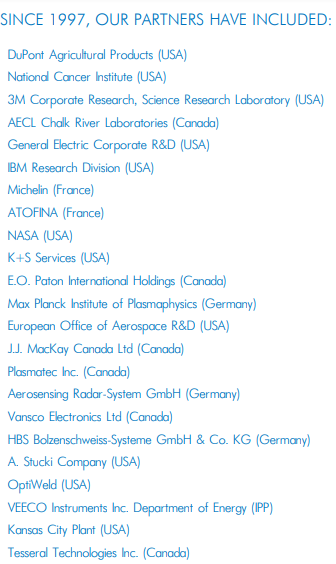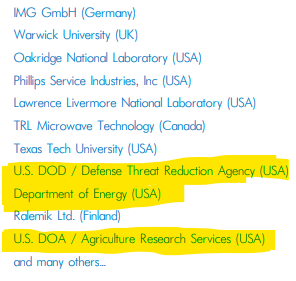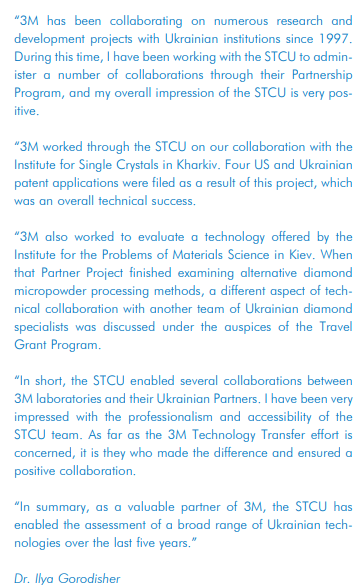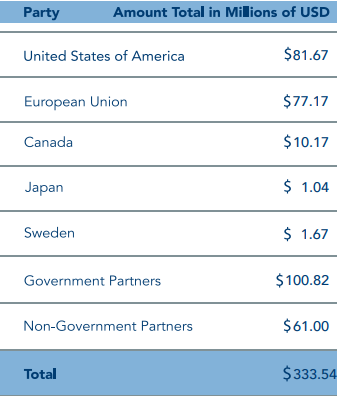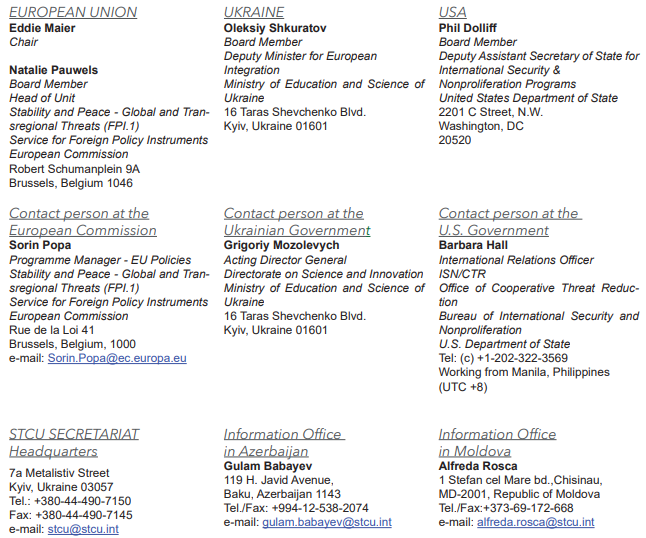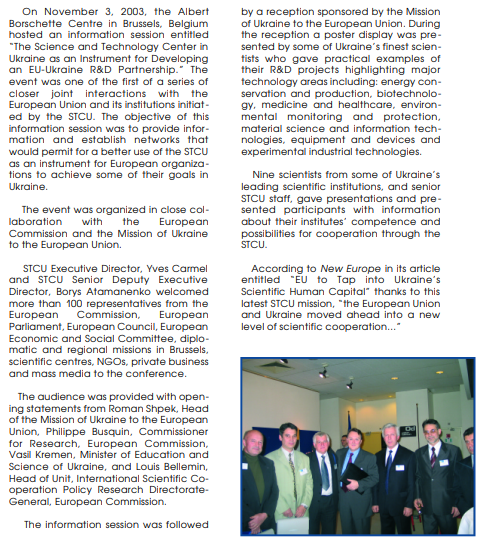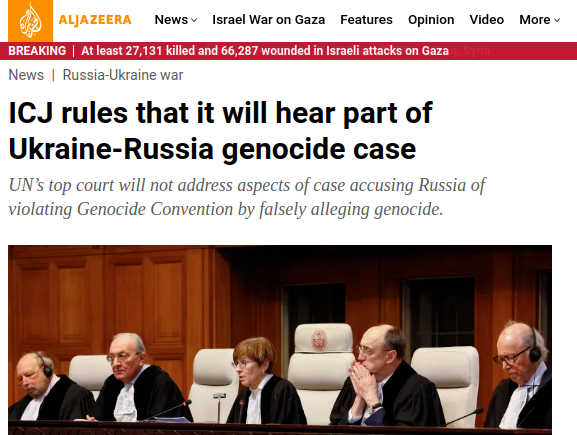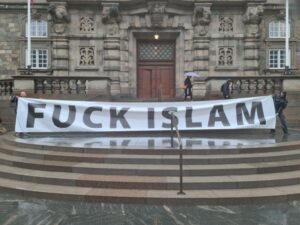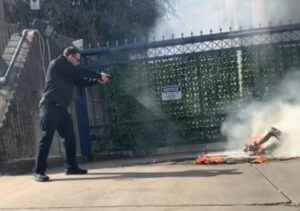The Science and Technology Center of Ukraine: Multi-National STCU Agreement Connects Former USSR Scientists with Projects Promoting Global Peace. STCU is Financed by The EU, Canada, US, and Ukraine, Partners with NATO.
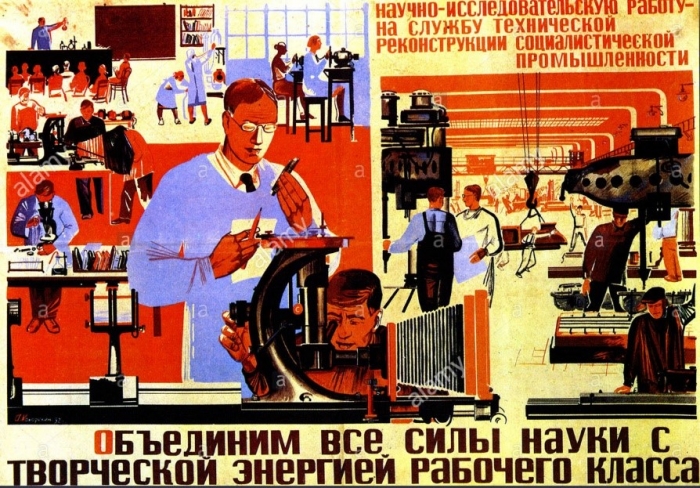
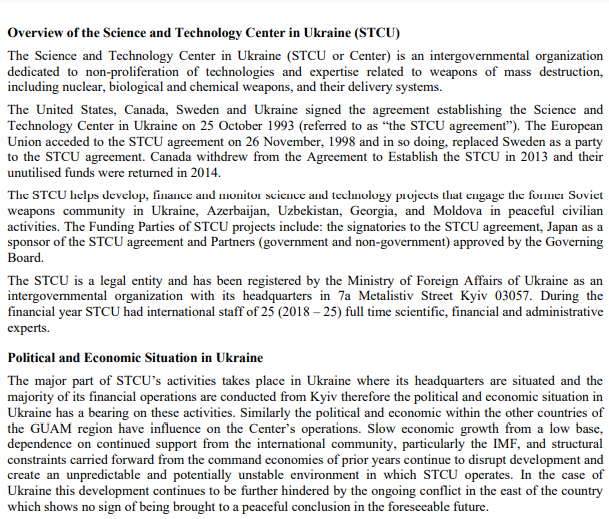
The Science and Technology Center of Ukraine (STCU) was created in 1993. After Ukraine became an independent nation in 1991, the nation signed the STCU Agreement with Canada, Sweden, Ukraine and the United States of America in 1993. The agreement sought to utilize former USSR scientists to work on projects that could secure global peace by addressing threats of biological, chemical, and nuclear weapons. The agreement allowed countries to contract former military-industrial complex Soviet scientists:
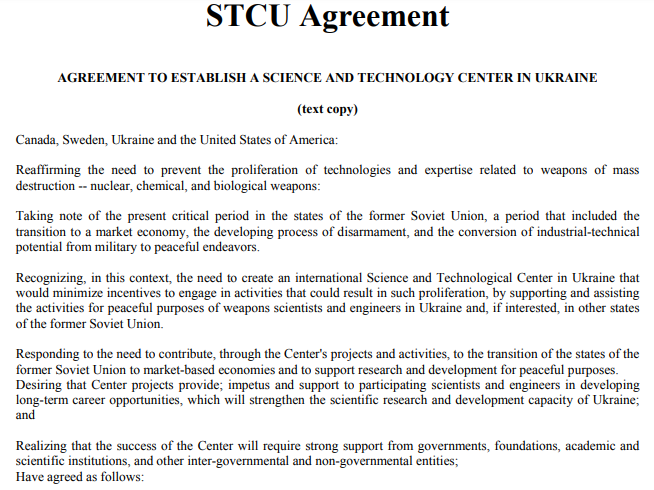

A lion’s portion of STCU’s funding comes from the EU, the United States, and Canada:
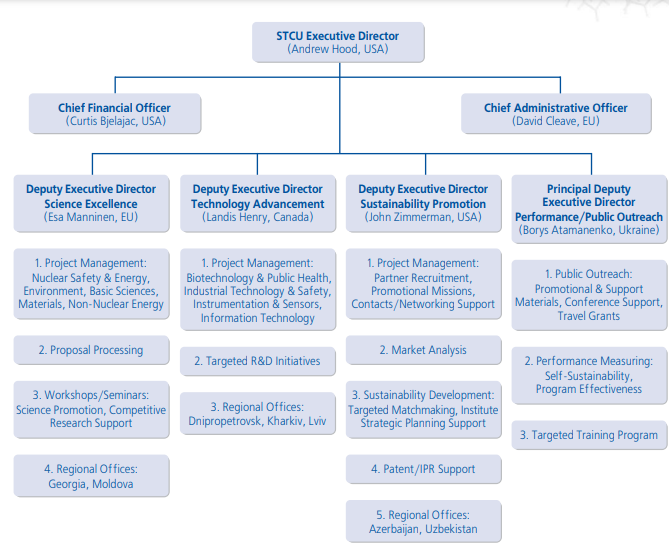
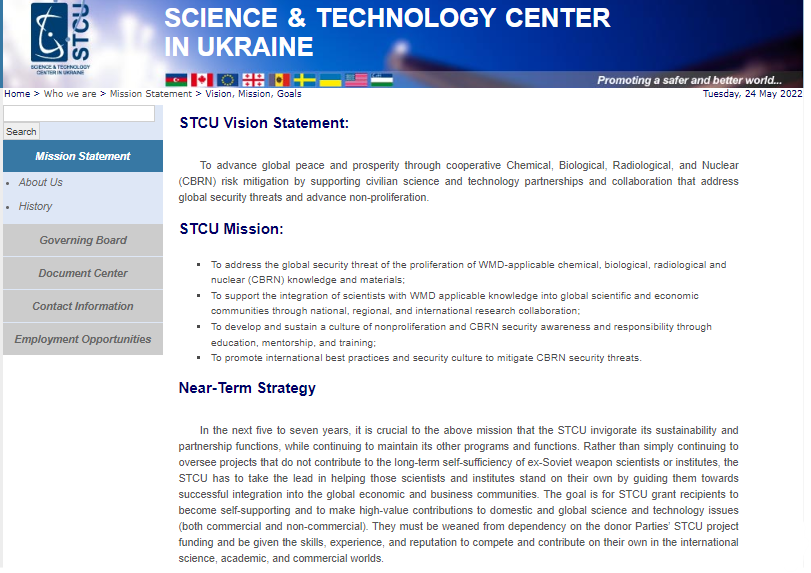
In 1998, the EU joined the agreement. STCU was registered as a diplomatic mission on December 15, 1999:
STCU partnered with NATO and approved projects in Azerbaijan, Georgia, Ukraine, and Uzebekistan:
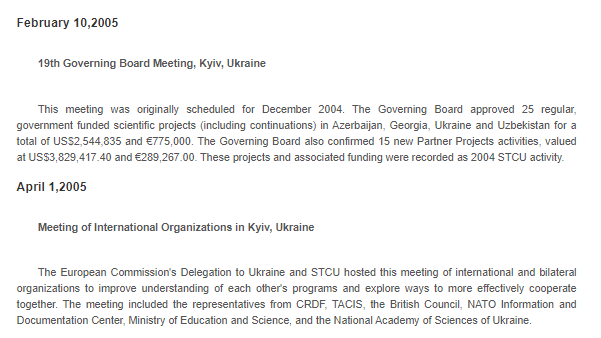
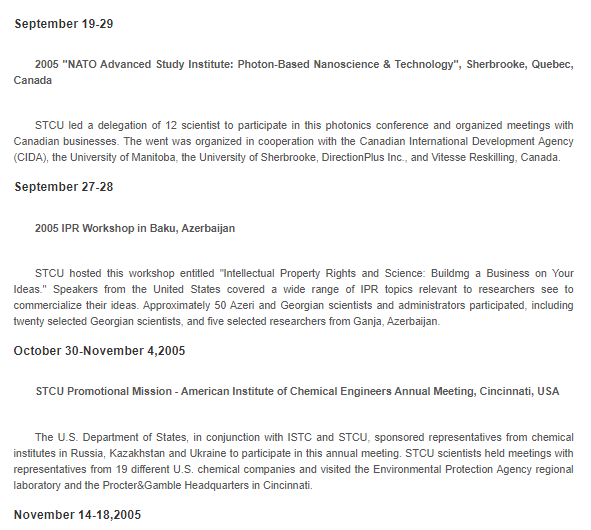
In a 15-year anniversary publication, STCU claimed to have matched over 20,000 former USSR military-industrial complex scientists to projects seeking to reduce the risk of WMDs and other weapons:
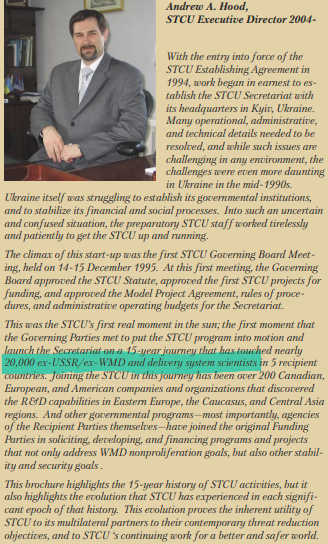
“The collapse of the USSR developed into a quite dangerous situation which consisted in the following: countries appeared after it had a big number of scientists involved in the defense complex. Ukraine had such scientific areas developed at the time of USSR: tank-construction (Kharkiv), rocket production (Dnepropetrovsk), transport aircraft construction (Kyiv, Antonov DB), shipbuilding (Mykolayiv). The National Academy of Sciences of Ukraine took an important part in the “space weapon” works, in enhancement of the nuclear weapon and in creation of the systems of control of the nuclear-missile weapon complex. After the collapse these scientists resulted to be unemployed.
In the same time a range of the countries that were not a part of the “Nuclear Pull” (Russia, USA, France, China, Great Britain), paid a big attention to the nuclear-missile weapon creation. Emerged a situation when a possibility of involvement of the specialists of the former USSR in the weapon elaboration works arose.
In order to prevent this scenario US, Canada and Sweden made a decision to allocate funds to “retrain” ex-weapon scientists to the peaceful purposes or fundamental research. Now the timeliness of this decision is obvious: no flowout of the defense specialists from Ukraine took place.
At the same time the Science and Technology Center in Ukraine has contributed to create favorable working conditions to develop new, peaceful research areas.
In the beginning of STCU existence I was appointed by the Government of Ukraine on the position of the representative in the Governing Board on behalf of Ukraine. I’d like to emphasize that the work of the Management of the Center was very well-organized and coordinated. The Chairperson in organization was John Boright, the US representative. This proceeded from the fact that main contribution was maid by the US Government. At the sane tie all the Governing Board Meetings were conducted freely and in a democratic manner. By tradition, the final meeting was preceded by several informal ones. First, these meeting took place at the STCU premises and were prepared by the directors from the Western Parties, Ostap Hawaleshka and Borys Atamanenko from Ukraine. The crucial problems were solved here.”
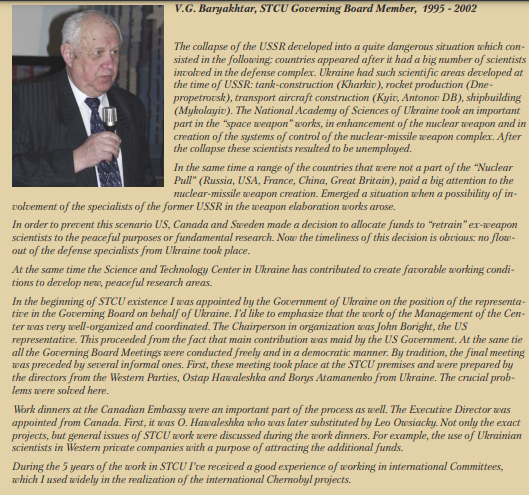
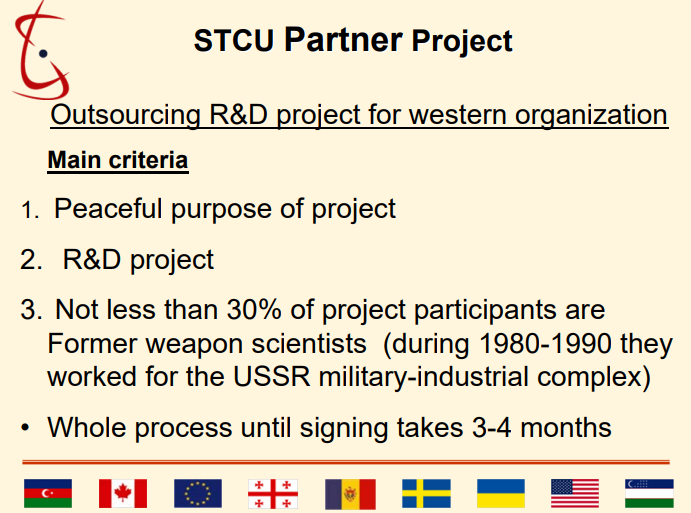
The STCU Brochure:
STCU Partnerships
STCU received funding from members and has mainted close ties to both public and private entitites in the United States and Canada:
The STCU DC Presentation included highlighting a project that “developed..computer-based techniques to evaluate antiviral compounds for herpes virus:”
The SCTU R&D report discusses the samples and capabilities of biological labs:
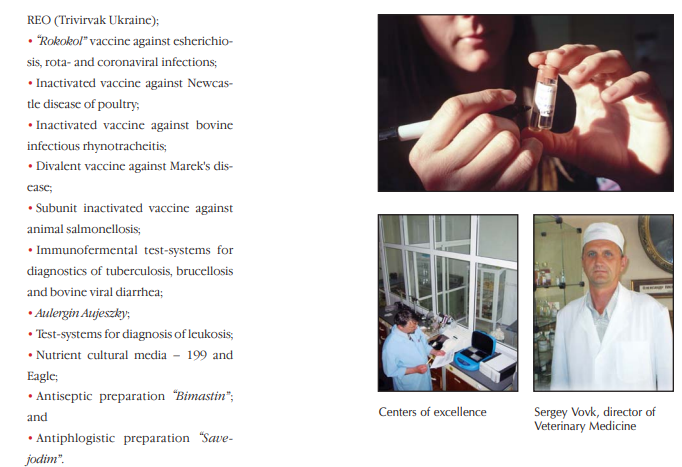
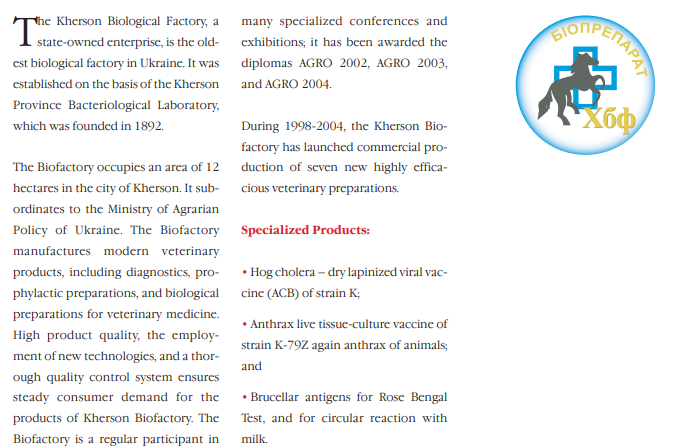
The full report:
The entire STCU DC presentation:
STCU’s 2020 funding sources and annual report:
STCU is central for Ukraine’s relationship with the EU:
A compilation of STCU mass media publications:
STCU’s 2005 Nano Technology Report:
STCU’s 2020 financial reports:

STCU’s 2019 financial report:

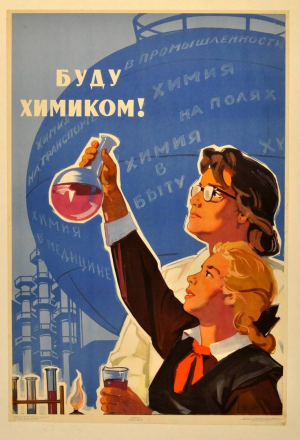

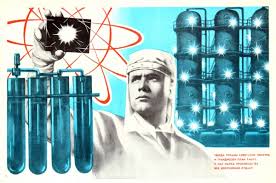
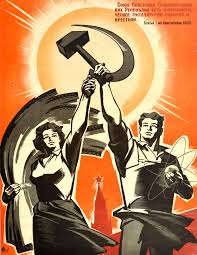
Background on the history of US-funded labs in Ukraine:
